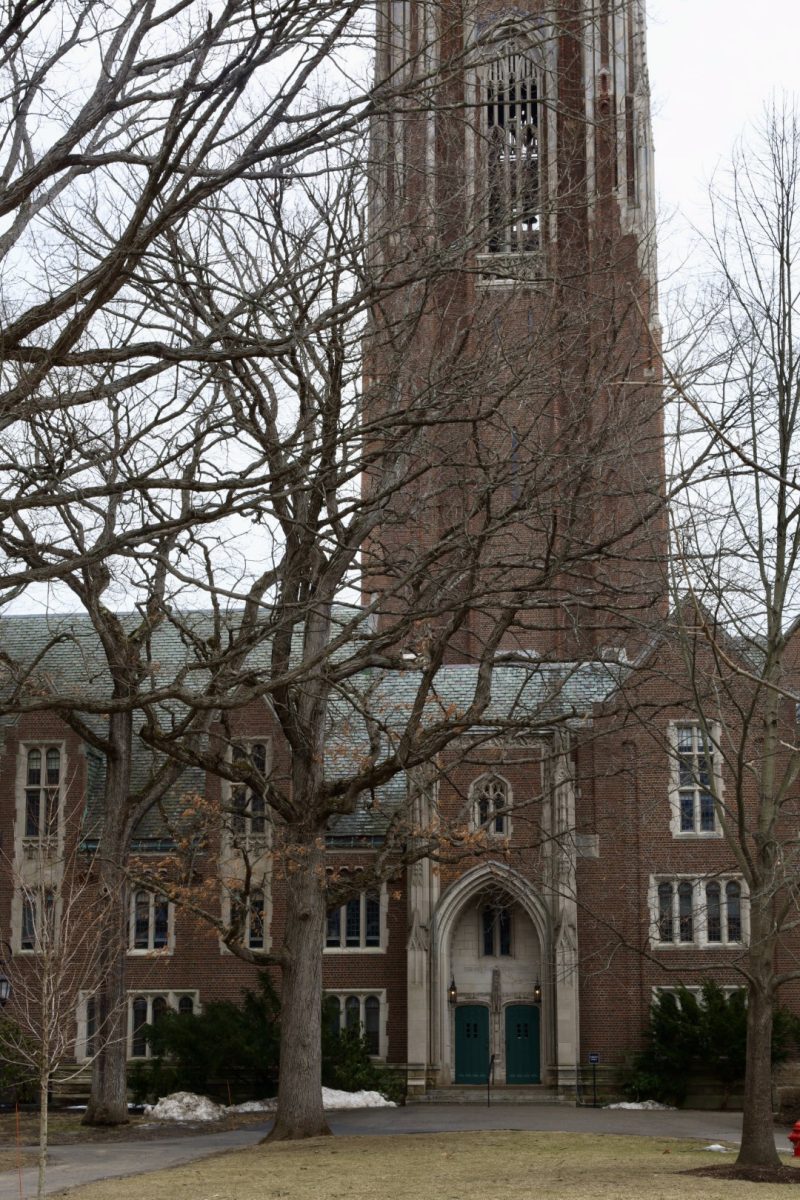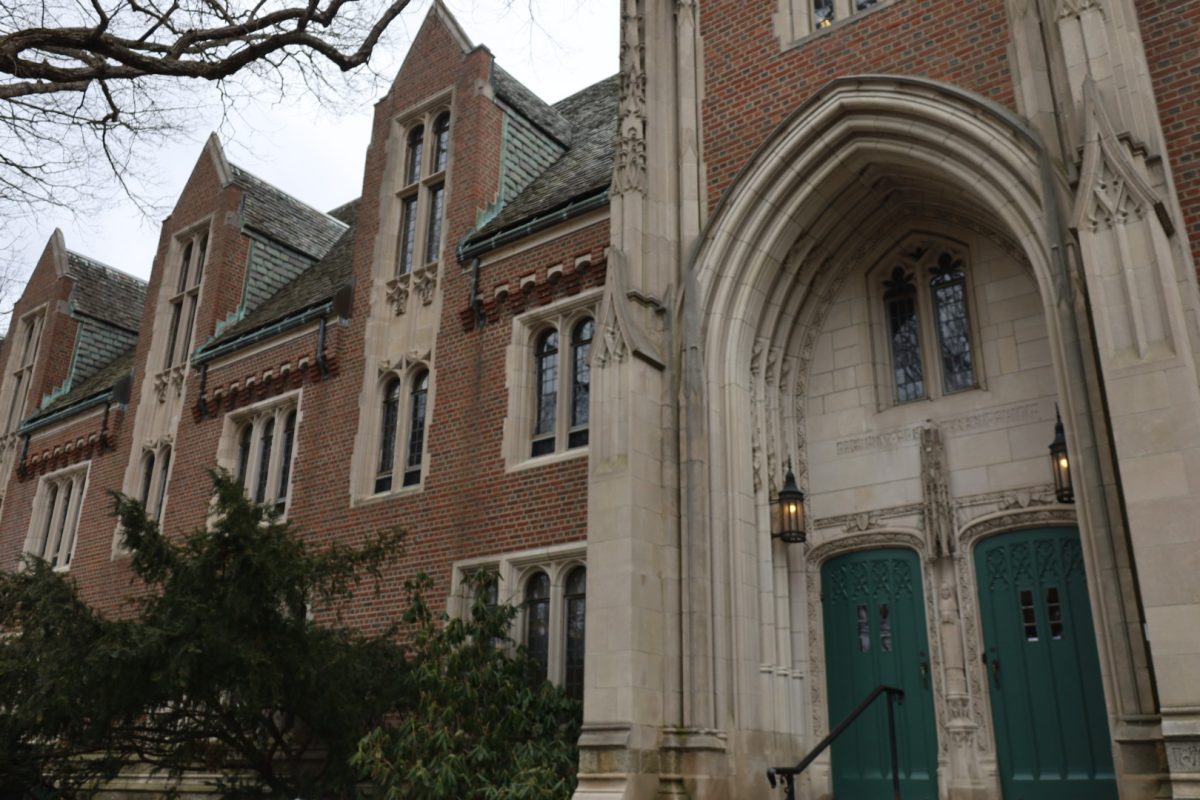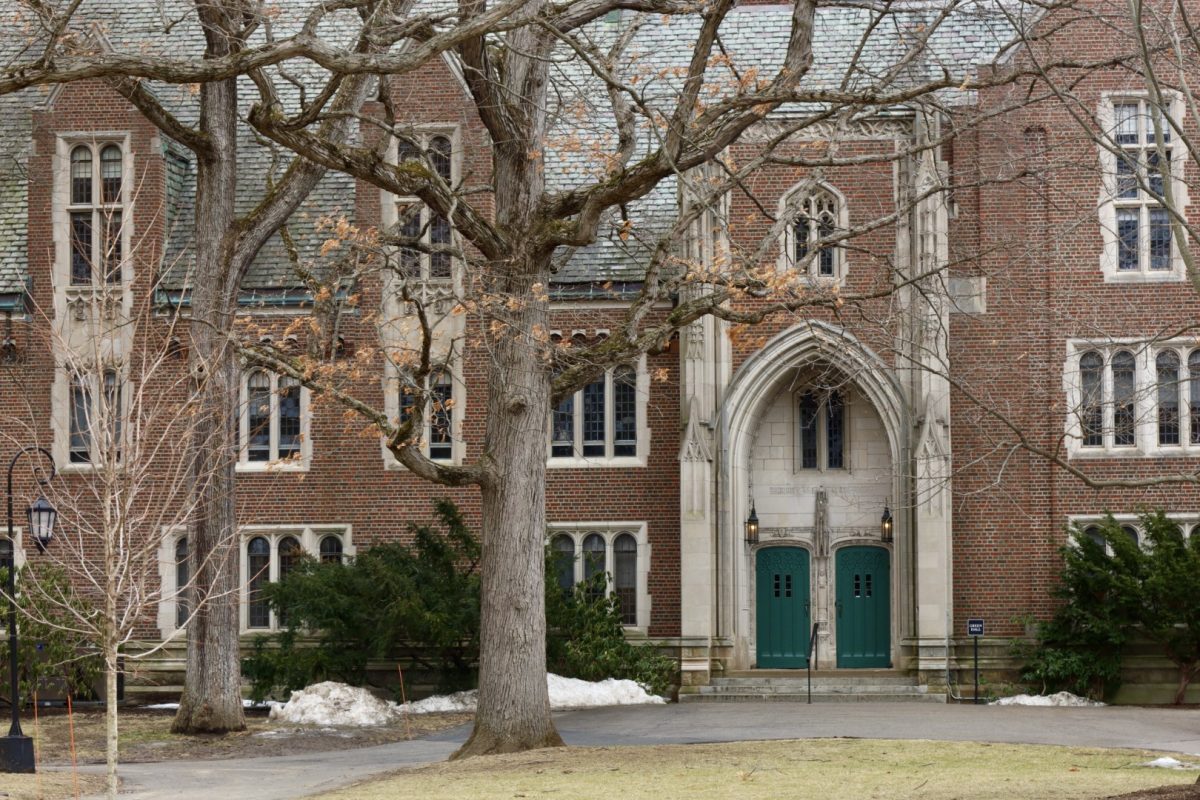Online tool now calculates students’ estimated loan burden
Wellesley College has recently made improvements to its online My inTuition calculator. The updated financial aid calculator was released last Monday, Oct. 14 and builds upon the original by adding a new system that estimates the size of loans inside a student’s financial aid package. When the calculator was first released last year, it only calculated the amount students and their families would be expected to pay after financial aid.
Economics professor Phillip Levine created the statistical algorithm behind the system and hopes the improved calculator will alleviate some of the concerns incoming students have when it comes to college financing. Most prospective students are only aware of a college’s sticker price of over $60,000, which could cause these students to shy away from Wellesley. Wellesley is working toward reassuring incoming students that the price depends entirely on each student’s need by using tools such as My inTuition.
“Before a tool like this, it was extremely difficult to have a sense of how much less it would be,” Levine said. “If the only number that they know is $60,000, you just closed the door for a lot of people.”
Loan burden is a common topic of discussion as of late, as the average student debt in Massachusetts is over $28,000. Wellesley, however, has an average student debt of just over $14,000. This is particularly low compared to other colleges. For example, Mount Holyoke has an average student debt of close to $23,000.
Overall, American loan borrowers have accumulated almost $1.2 trillion in outstanding federal student debt. With the new loan estimator, Wellesley hopes to reassure students that money will not be a huge problem.
“I think that the great innovation of the revision is to indicate to people that there might be loan burden, but it’s not enormous. We want to dispel that myth for them,” Levine said.
However, students have mixed feelings about the updated tool. Many said that the loan estimates were not accurate enough.
“I did not find it very useful. They didn’t ask for enough specific information, so you were given a range between $2,000 and $11,000 . It was just a huge difference between the numbers,” Carolyn Rogan ’18 said.
On the other hand, some prospective students who have also noticed the new loan estimator found the tool useful.
“I found it very helpful in gaining an idea of how much my family would need to spend. Wellesley wasn’t the cheapest, but it wasn’t the most expensive either,” prospective student Christine Forbes said.
The idea first began five years ago when Levine performed a funded study on the College’s financial aid system at the time. Based on his research, he realized the need for an easier method for financial aid estimation. However, the project was put on hold after the financial crisis struck and the College was facing more pressing issues. When the project picked up again, it only took a couple of months for Levine to complete the mathematical and technical work.
Despite the update, the calculator still has limitations. My inTuition is geared toward students who have simple financial situations, but does not calculate more complex situations very well. For more unique situations, students are redirected to the College Board’s Net Price Calculator to provide more detailed information.
“[For] the majority of people who have straightforward finances, our calculator is going to work really well. It’s when you start to deviate from that a little bit that it starts to skew the results a little,” Levine said.
The calculator has received a positive response from students, according to the statistics Levine has collected. It takes an average of three minutes to answer the six questions in the calculator and has a completion rate of 80 percent. In comparison, the College Board’s Net Price Calculator has a completion rate of 30 percent. Since the college application season is cyclical, the popularity of the tool also fluctuates. This month, which is peak season, the tool has gotten close to one thousand hits. It receives around half those hits most other seasons. Overall, over 10,000 people have used the tool for estimates.
Levine is currently conducting research to look at the effect the calculator has on attracting students. Results are expected to be public within the next couple of months.
The updated tool took a year to develop because all the members of the team who worked on this project over the past years volunteered their time and were not paid.
In terms of expanding the calculator to other platforms such as the iPhone, Levine is uncertain. However, he is happy with what the tool has accomplished so far.
“It’s been a big deal and the college has dedicated a tremendous amount of resources and time to this project,” Levine said.
Levine hopes that the tool will eventually be expanded to colleges other than Wellesley, so more people can benefit from the online calculator.
Photo by Soojin Jeong ’17, Photography Editor






